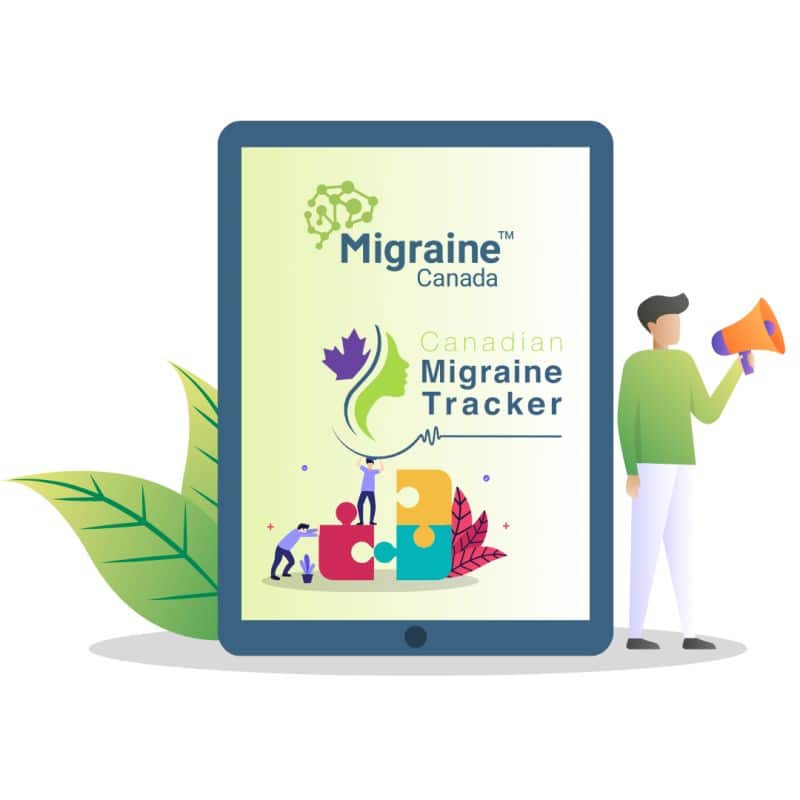New Daily Persistent Headache (NDPH) presents a perplexing challenge characterized by a sudden onset of continuous, unremitting headache lasting more than three months. Despite extensive diagnostic efforts including MRI scans, lumbar puncture, and blood tests, the cause remains elusive and treatment options are limited. Management typically focuses on alleviating symptoms with approaches similar to those used for migraines and tension-type headaches. Patients often face prolonged periods of uncertainty and frustration, emphasizing the importance of psychological support and adaptive coping strategies like Acceptance Commitment Therapy (ACT). While effective pain management can be achieved through persistent efforts, living with NDPH necessitates a holistic approach centered on enhancing quality of life amidst the absence of a definitive cure.
What is New Daily Persistent Headache (NDPH)?
According to the International Classification of Headache Disorders (ICHD) NDPH is diagnosed if the following criteria are met:
- Persistent headache fulfilling criteria B and C
- Distinct and clearly remembered onset, with pain becoming continuous and unremitting within 24 hours
- Headache present for more than 3 months.
- Not better accounted for by another ICHD-3 diagnosis.
The key element is that the beginning of the headache must be clearly remembered. Typically, patients describe the headache as starting abruptly and persisting continuously since then.
NDPH can resemble migraine or tension-type headache and may vary in intensity, with fluctuations over time. The problem seen in headache clinics is that after years of chronic headache, the beginning of the headache is not always clear to the patient. When pressed with precise questions to help clarify the diagnosis, patients might inadvertently create false memories of a sudden onset.
What is the cause of NDPH?
The exact cause of NDPH remains unknown. Various hypotheses have been proposed, suggesting the headache might be triggered by infections or inflammatory reactions, but none of these theories have been conclusively proven.
It’s also possible that NDPH represents a collection of various chronic headache conditions that began suddenly, making it challenging to establish a clear understanding of its origins.
What type of testing should I expect for NDPH?
Headache specialists often recommend MRIs of the brain, occasionally extending to the spine. They might also suggest a lumbar puncture and various blood tests. Despite these investigations, it’s common for all results to return within normal ranges.
Given the complexity of NDPH and the uncertainty surrounding its precise cause, some clinics and therapists may suggest extensive diagnostic procedures that may not always be useful. These tests may be used to lead to treatments marketed as potential cures to desperate people, despite lacking scientific evidence of their effectiveness.
What are the treatments for NDPH?
Due to the unknown cause and precise definition of NDPH, designing specific treatments and studying their effectiveness is challenging. As a result, physicians typically utilize all available options used for treating migraine and tension-type headache to alleviate symptoms in patients.
Managing NDPH can be profoundly challenging for both patients and healthcare providers when facing a disabling condition with no established, proven treatment options available.
Is there a chance of improvement if I’ve lived with NDPH for several years despite numerous treatment attempts?
Answering this question is complex. NDPH is notoriously challenging to treat, even for experienced headache specialists. It’s known to persist for decades in some cases. While it’s disheartening to lose hope, maintaining unrealistic expectations of a cure can lead to ongoing frustration and unnecessary medical interventions.
Living with NDPH is undeniably difficult. Each patient must determine how to deal with it best. Acceptance Commitment Therapy (ACT) can be beneficial for managing emotional strain and improving overall quality of life. The focus should be on enhancing quality of life rather than solely seeking a cure.
Over time and with different combinations of treatments, it is possible to achieve effective pain management in many cases
References
- Yamani N, Olesen J. New daily persistent headache: a systematic review on an enigmatic disorder. J Headache Pain. 2019;20(1):80.
Post #404



